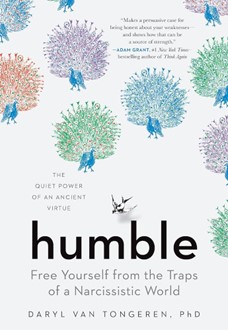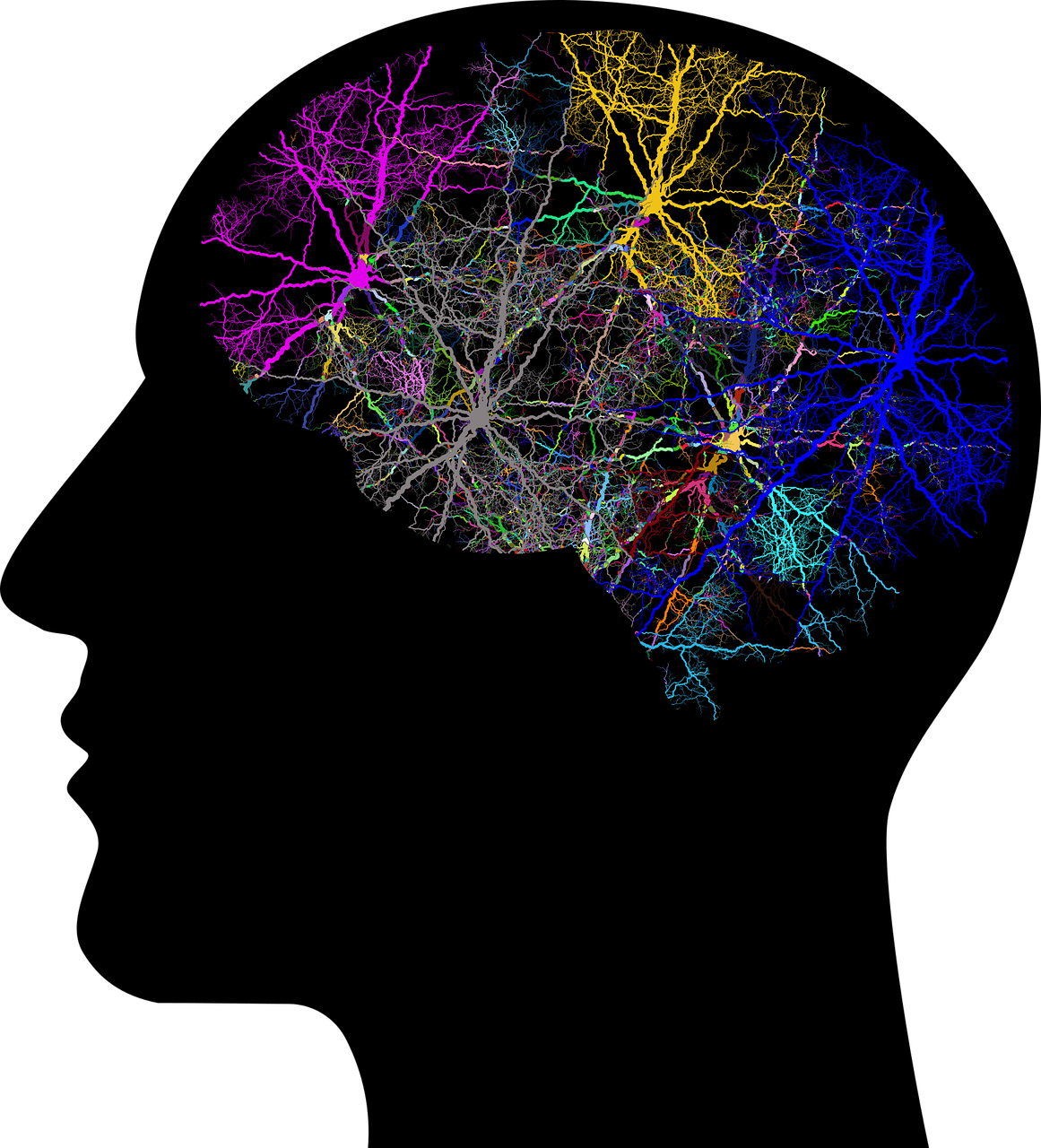by Kyle E. Conlon, Ph.D., Stephen F. Austin State University
My wife, Lauren, and I met in graduate school while pursuing our doctoral degrees in social psychology. Since then, we’ve taught abroad in London, moved to two different states, landed jobs at the same institution—our offices are literally right next to each other’s—bought a house, and had a child. It’s fair to say that our personal and professional lives interweave. One of the great joys of having an academic partner is having someone with whom I can share the challenges and triumphs of teaching. Although we have long promoted the benefits of metacognition in our classrooms, we use metacognition in so many other domains of our lives as well. But the link between metacognitive practice in the classroom and real-world problem solving isn’t always clear for students.
In this post, I’ll discuss how facilitating metacognition among your students can benefit them long after they’ve finished your class, with an emphasis on two important life goals: financial planning and healthy eating.
Metacognition and Money
At first glance, a college student may find little connection between thinking about his or her test performance in an introductory psychology class and building a well-diversified investment portfolio years later. But the two are more intimately linked than they appear. Students who possess high metacognitive awareness are able to identify, assess, and reflect on the effectiveness of their study strategies. This process requires the development and cultivation of accurate self-assessment and self-monitoring skills (Dunlosky & Metcalfe, 2009). As teachers, then, we serve as primary stakeholders in our students’ metacognitive development.
Just as successful students think about their own thinking, successful investors spend a lot of time thinking about how to manage their money—how to invest it (stocks, bonds, REITs, etc.), how long to invest it, how to reallocate earnings over time, and so on. Smart investing is virtually impossible without metacognition: it requires you to continually assess and reassess your financial strategies as the markets move and shake.
Even if your students don’t plan on being the next Warren Buffet, financial thinking will play a central role in their lives. Budgeting, buying a house or a car, saving for retirement, paying off debt—all of these actions require some level of financial literacy (not to mention self-control). Of course, I’m not saying that students need a degree in finance to accomplish these goals, just that they are more easily attainable with strong metacognitive skills.
Indeed, financial security is elusive for many; for instance, the 2018 Report on the Economic Well-Being of U.S. Households found that many adults would struggle with a modest unexpected expense. There are real financial obstacles that families face, for sure. Because financial literacy has broad implications, from participation in the stock market (Van Rooj et al., 2011) to retirement planning (Lusardi & Mitchell, 2007), the transfer of metacognitive skills from academic to financial decisions may be especially paramount.
Admittedly, when I was an 18-year-old college student, I didn’t think much about this stuff. (I was too busy studying for my psychology exams!) But now, years later, living on a family budget, I have a deep appreciation for how the metacognitive awareness I cultivated as a student prepared me to think about and plan for my financial future. For your students, the exams will end, but the challenges of adulthood lie ahead. Successfully navigating many of these challenges will require your students to be metacognitive about money.
Metacognition and Food
As with planning for one’s financial future, eating healthy food is a considerable challenge that involves tradeoffs: Do I eat the salad so I can keep my cholesterol low, or do I enjoy this piece of delicious fried chicken right now, cholesterol be damned? Anyone who’s ever struggled with eating healthy food knows that peak motivation tends to occur shortly after committing to the goal. You go to the grocery store and buy all the fruits and vegetables to replace the unhealthy food in your fridge, only to throw away most of it later that same week. Why is eating healthfully so difficult?
There is an important role for metacognition here. When I teach my Health Psychology students about healthy eating, I draw the habit cycle on the whiteboard: cue à routine à reward (Duhigg, 2012). I tell students that breaking a bad habit requires changing one piece of the cycle (routine). Keep the cue (“I’m hungry”) and the reward (“I feel good”) the same, just change the routine from mindlessly eating a bag of potato chips to purposefully eating an apple. Implicit in this notion is the need to be aware of what you’re eating and the benefits of doing so—in other words, metacognition. Another idea is to have students draw out their steps through the grocery store so they can see which aisles they tend to avoid and which aisles they tend to visit (the ones with processed food). Students gain metacognitive awareness by literally retracing their steps.
In college, I survived on sugar, sugar, and more sugar. (One category short of Buddy the Elf’s four main food groups.) Since then, my metabolism has slowed considerably. Fortunately, with the help of metacognition, I’ve changed my diet for the better. I also cook most meals for our family, so I’m constantly thinking about meal plans, combinations of healthy ingredients, and so on. For me, as for many people, healthy eating didn’t occur overnight; it was a long process of habit change aided by awareness and reflection of the food I was consuming. The good news for your students is that they have several opportunities every day to think intently about their food choices.
The Broad Reach of Metacognition
As a teacher, I love those “lightbulb” moments when a student makes a connection that was previously unnoticed. In this post, I’ve tried to connect metacognition in the classroom to two important life domains. By fostering metacognition, you’re indirectly and perhaps unknowingly teaching your students how to make sound decisions about their finances and eating habits—and probably hundreds of other important life decisions. Metacognition is not limited to exam grades and paper rubrics; it’s not confined to our classrooms. It’s one of those special, omnipresent skills that will help students flourish in ways they’ll never see coming.
References
Board of Governors of the Federal Reserve System (2019). Report on the economic well-being of U.S. households in 2018. https://www.federalreserve.gov/publications/files/2018-report-economic-well-being-us-households-201905.pdf
Duhigg, C. (2012). The power of habit: Why we do what we do in life and business. Random House.
Dunlosky, J., & Metcalfe, J. (2009). Metacognition. Sage Publications, Inc.
Lusardi, A., & Mitchell, O. S. (2007). Financial literacy and retirement preparedness: Evidence and implications for financial education. Business Economics, 42(1), 35‒44.
Van Rooj, M., Lusardi, A., & Alessie, R. (2011). Financial literacy and stock market participation. Journal of Financial Economics, 101(2), 449‒472.





